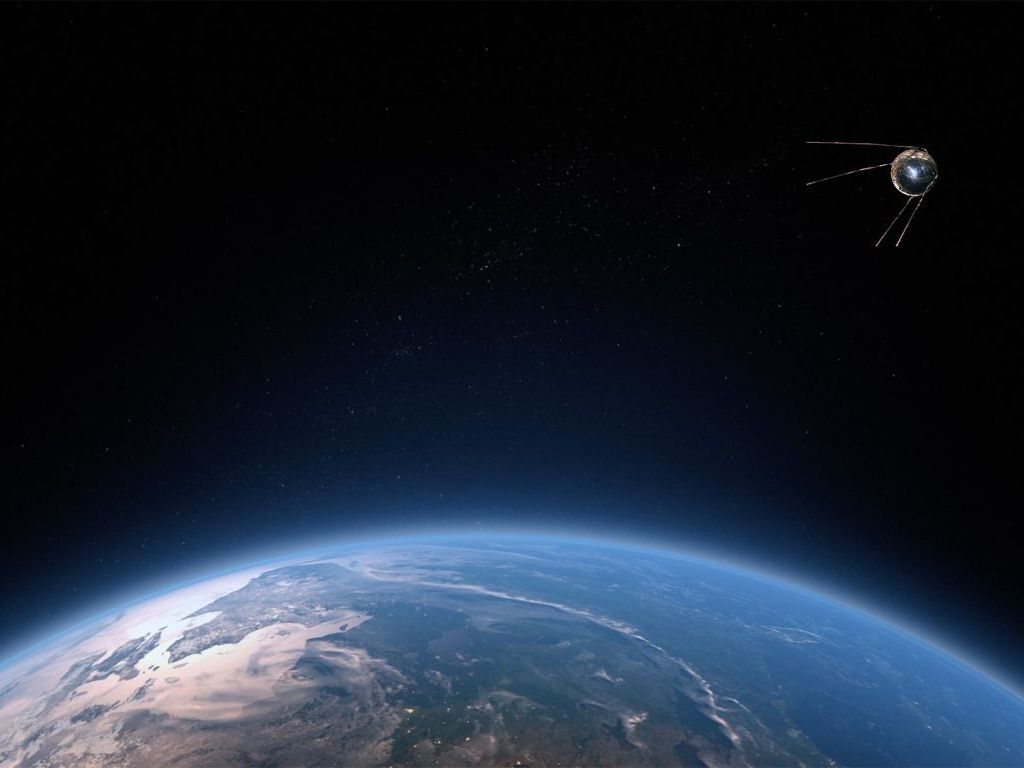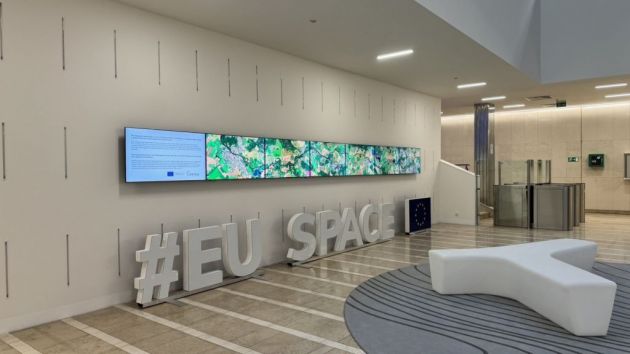Serbia gets its first satellite - Launch in late 2025 or early 2026
Illustration (Photo: Pixabay.com/PIRO4D)

As pointed out by Dr. Milan Stojanovic, project manager and scientific associate of the Belgrade Astronomical Observatory, there will also be a small camera on the satellite that will record Serbia from afar.
- Although there are recordings in higher resolution from Google or some other satellites, they are not always available to us. This way, we will receive images of our country once a day, but also better master this technology - explains Stojanovic.
According to him, the secondary goal of the mission is learning and mastering all techniques: from the procurement of components, to the very launch of satellites into space, so that we can later work on the creation and launch of larger aircraft. As Stojanovic says, "Mozaik" belongs to the class of small satellites known as "CubeSat", measuring 10x10x10 centimeters, which are colloquially called cube or nanosatellites, because they consist of three cubes, which can be combined into one whole.
- For example, we will buy a ready-made spectrometer for studying the Sun, but we will make some parts in Serbia. Then we need to put it all together and confirm that it is ready for the temperatures in space. We have to pass all possible tests prescribed by world standards - Stojanovic points out.
Only after that we will be able to launch the satellite, with the help of some of the countries that provide these services. Whether it will be the United States, Russia, China or an EU member, the best offer will be determined, and the plan is to launch "Mozaik" in late 2025 or early 2026 and keep it in orbit for between two and three years.
- That period is significant because we want to observe the Sun, and around then its maximum activity should occur in the regular eleven-year cycle. So, we want to follow that maximum and the phase immediately after, when there is a decline, because that's when most results can be obtained. However, not everything depends on us, but also on the service provider - says Stojanovic.
This project started about two years ago. In addition to the Astronomical Observatory, the Faculty of Mechanical Engineering, Mathematics and Electrical Engineering, as well as the "Mihajlo Pupin" Institute, are involved.
- Roughly speaking, ten people work on the mission. However, some of them work half-time as external collaborators - Stojanovic explains and adds that one of his colleagues previously worked as a chief engineer at the European Space Agency, and he joined the team almost immediately after he "clocked out" from the telescope, and he did that entirely on a voluntary basis.
- He used to work on much bigger satellites than the one we are working on now - says Milan Stojanovic, not wanting to name a colleague, because it would not be fair to single someone out from the rest of the team.
- Support is not missing from some of our people from abroad, who we can always contact and ask for advice. We have colleagues who have gone abroad to work in large astronomical centers and we can consult them - Stojanovic points out.
However, the biggest support, as he concludes, comes from the Ministry of Science, Technological Development and Innovation, which finances the project to the greatest extent.
Lokacija:
Google Maps
U blizini:
Companies:
 Astronomska opservatorija Beograd
Astronomska opservatorija Beograd
 Mašinski fakultet Beograd
Mašinski fakultet Beograd
 Matematički fakultet Beograd
Matematički fakultet Beograd
 ETF Beograd
ETF Beograd
 Institut Mihajlo Pupin doo Beograd
Institut Mihajlo Pupin doo Beograd
 Ministarstvo nauke, tehnološkog razvoja i inovacija Republike Srbije
Ministarstvo nauke, tehnološkog razvoja i inovacija Republike Srbije
Tags:
Astronomical Observatory Belgrade
Faculty of Mechanical Engineering Belgrade
Faculty of Mathematics Belgrade
Faculty of Electrical Engineering Belgrade
Mihajlo Pupin Institute Belgrade
European Space Agency
Ministry of Science
Technological Development and Innovation
Milan Stojanovic
Mozaik satellite
Comments
Your comment
Naš izbor
Most Important News
Full information is available only to commercial users-subscribers and it is necessary to log in.
Follow the news, tenders, grants, legal regulations and reports on our portal.
Registracija na eKapiji vam omogućava pristup potpunim informacijama i dnevnom biltenu
Naš dnevni ekonomski bilten će stizati na vašu mejl adresu krajem svakog radnog dana. Bilteni su personalizovani prema interesovanjima svakog korisnika zasebno,
uz konsultacije sa našim ekspertima.


 Izdanje Srbija
Izdanje Srbija Serbische Ausgabe
Serbische Ausgabe Izdanje BiH
Izdanje BiH Izdanje Crna Gora
Izdanje Crna Gora


 News
News









